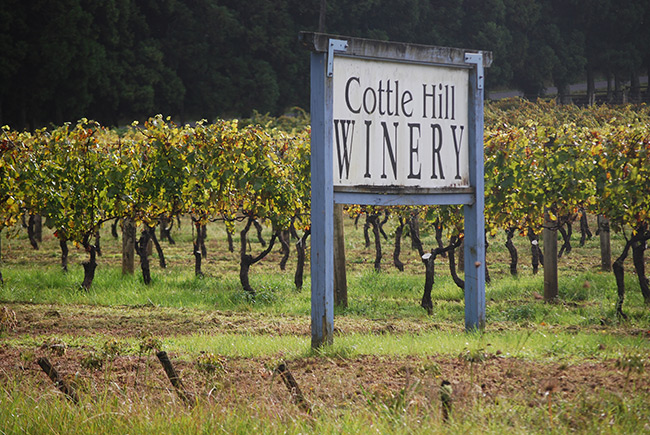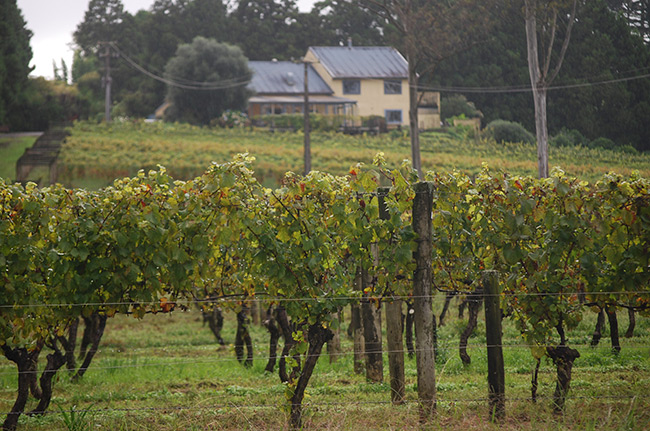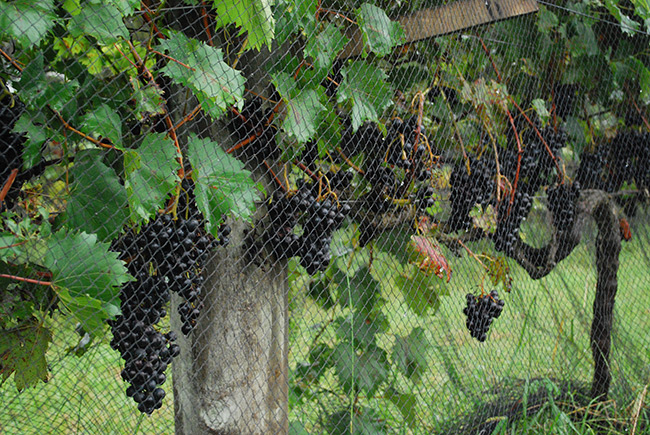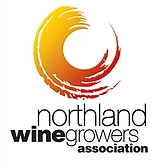Depending on
how one counts there are ten to 12 different
wine growing regions in New Zealand.
Marlborough is far and away the biggest and
most well known, while Northland accounts
for a tiny fraction of wine
production. One hallmark of the New
Zealand wine industry is sustainability,
meaning that growers follow a set of
standards in seven key areas: biodiversity,
air, water and soil, energy, chemicals,
by-products, people and business practices (
+).
Formerly
there
were
two
organizations
representing
the
industry:
New
Zealand
Grape
Growers
Council
Inc.
and Wine Institute of New Zealand
Inc.. From them New Zealand
Winegrowers Inc. formed in July 2016 "to
represent, promote and research the national
and international interests of the New
Zealand wine industry."
The beginnings of wine growing in New
Zealand trace back to Northland and the
early days of European settlement.
Most accounts of wine in New Zealand start
with missionary Samuel Marsden planting a
vineyard at the mission station in
Kerikeri in 1819, although these accounts do
not mention wine production. That
distinction goes to James Busby, a Scot who
emigrated to New South Wales in the 1820s
and was one of the pioneers of the wine
industry in Australia. In 1833 Busby
accepted appointment as the British Resident
in New Zealand, and he brought with him
cuttings and planted a vineyard in Waitangi.
Northland's climate is described as
subtropical and no point is more than 40-50
km from the ocean. New Zealand
Winegrowers notes that, "Northland's grape
vines receive more heat to assist grape
ripening during the growing season than any
of the country's other winegrowing
regions." Further, "Warm spring
temperatures, hot dry summers, and calm,
clear autumn days allow fruit to ripen
early, creating full-bodied and rich wines."
- Northland accounts for a tiny fraction
of wine production in New Zealand.
In 2017, 396,000 tonnes of grapes were
harvested nationwide, of which 302,396
tonnes were in Marlborough and only 121
tonnes in Northland. Just 16 of
677 wineries belonging to New Zealand
Winegrowers wineries were situated in
Northland.
- The total wine producing area in New
Zealand encompasses 37,129 hectares, of
which 7,919 were red and 29,210
white. 22,085 hectares were
Sauvignon Blanc.
- Of 677 wineries belonging to New
Zealand Winegrowers, 582 were small
(annual sales of less than 200,000
litres), 77 were medium (between 200,000
and 4,000,000 litres) and 18 were large
(annual sales of more than 4,000,000
litres).
- In the year ended 30 June 2017, the
value of wine exports reached a record
high of NZ$1.66 billion, making wine the
nation's fifth largest export
good. The United States is
the biggest market; exports to the
U.S. passed NZ$500 million for the first
time. The industry has a goal of
achieving NZ$2 billion in exports by
2020.






